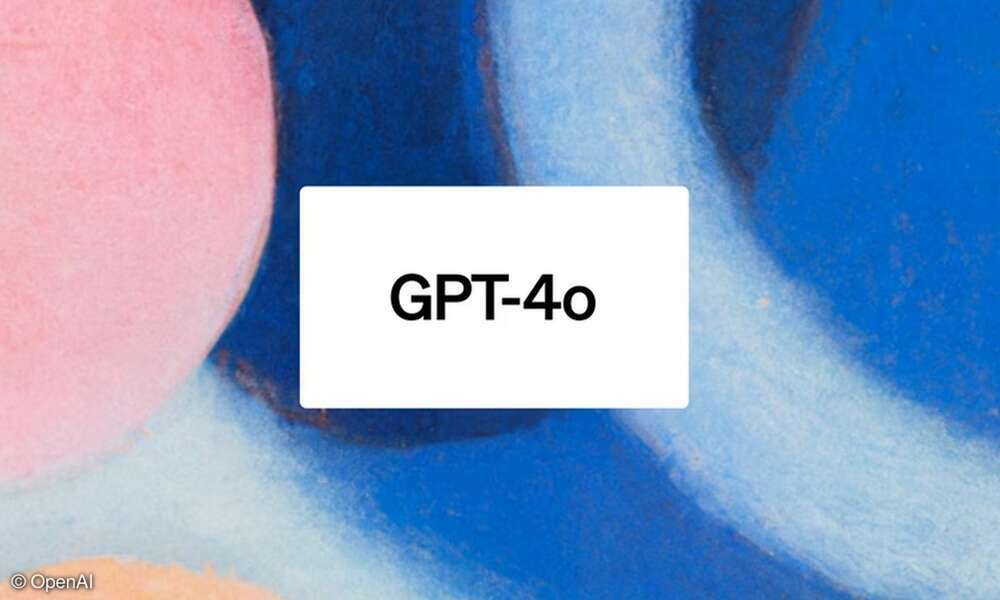Blogs / Introducing GPT-4o and making more capabilities available in HoshAI.
Introducing GPT-4o and making more capabilities available in HoshAI.
Liam / May 18, 2024

GPT-4o (“o” for “omni”) is a step towards much more natural human-computer interaction—it accepts as input any combination of text, audio, image, and video and generates any combination of text, audio, and image outputs. It can respond to audio inputs in as little as 232 milliseconds, with an average of 320 milliseconds, which is similar to human response time in a conversation. It matches GPT-4 Turbo performance on text in English and code, with significant improvement on text in non-English languages.
GPT-4o is especially better at vision and audio understanding compared to existing models.
Prior to GPT-4o, you could use Voice Mode to talk to ChatGPT with latencies of 2.8 seconds (GPT-3.5) and 5.4 seconds (GPT-4) on average.
To achieve this, Voice Mode is a pipeline of three separate models: one simple model transcribes audio to text, GPT-3.5 or GPT-4 takes in text and outputs text, and a third simple model converts that text back to audio.
This process means that the main source of intelligence, GPT-4, loses a lot of information—it can’t directly observe tone, multiple speakers, or background noises, and it can’t output laughter, singing, or express emotion.
With GPT-4o, we trained a single new model end-to-end across text, vision, and audio, meaning that all inputs and outputs are processed by the same neural network.
Because GPT-4o is our first model combining all of these modalities, we are still just scratching the surface of exploring what the model can do and its limitations.
GPT-4o has safety built-in by design across modalities, through techniques such as filtering training data and refining the model’s behavior through post-training. We have also created new safety systems to provide guardrails on voice outputs.
We’ve evaluated GPT-4o according to our Preparedness Framework and in line with our voluntary commitments. Our evaluations of cybersecurity, CBRN, persuasion, and model autonomy show that GPT-4o does not score above Medium risk in any of these categories. This assessment involved running a suite of automated and human evaluations throughout the model training process. We tested both pre-safety-mitigation and post-safety-mitigation versions of the model, using custom fine-tuning and prompts, to better elicit model capabilities.
GPT-4o has also undergone extensive external red teaming with 70+ external experts in domains such as social psychology, bias and fairness, and misinformation to identify risks that are introduced or amplified by the newly added modalities. We used these learnings to build out our safety interventions in order to improve the safety of interacting with GPT-4o. We will continue to mitigate new risks as they’re discovered.
We recognize that GPT-4o’s audio modalities present a variety of novel risks. Today we are publicly releasing text and image inputs and text outputs. Over the upcoming weeks and months, we’ll be working on the technical infrastructure, usability via post-training, and safety necessary to release the other modalities. For example, at launch, audio outputs will be limited to a selection of preset voices and will abide by our existing safety policies. We will share further details addressing the full range of GPT-4o’s modalities in the forthcoming system card.
Through our testing and iteration with the model, we have observed several limitations that exist across all of the model’s modalities, a few of which are illustrated below.
HoshAI is pleased to announce the availability of ChatGPT4-o starting from May 18, 2024, exclusively for our paid subscribers.